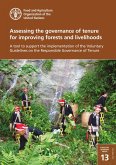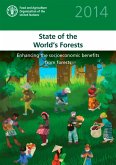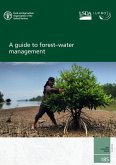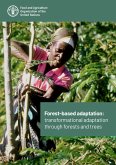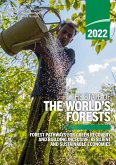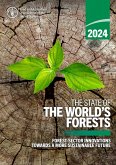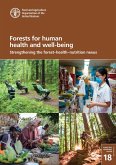This report examines how forests contribute to or suffer from disasters. Three events are examined: the tempest Gudrun (Sweden, 2005); the Tohoku earthquake and tsunami (Japan 2011); and the 2017 firestorm in Chile. Forests are "victims" of disaster when unable to provide services required by society and cannot recover within a relevant timeframe. Trees damaged may host insect pests that may kill healthy trees or become fuel for forest fires. Fallen trees also damage infrastructure. Extreme events can change the cultural and economic life of small states/islands and/or cause the breakdown of societal services. Disasters affect timber supplies, distorting market functioning. Damaged timber is susceptible to attack from insects and fungi, quickly losing value, and insect attacks may spread to healthy trees. Forests can mitigate disasters by e.g. reducing the intensity of tsunamis or stabilizing slopes. Single trees may become important refuges for people during floods. Key messages include: • Responses require planning and training to enable efficient response also in the absence of key personnel. • Information about the location of critical resources is important, e.g. key staff, forestry equipment, access routes, and timber storage sites. • It is impossible for many small countries to be resilient on their own. Development of regional response capacity is desirable, e.g. pools of qualified operators, equipment resources, and training. • Salvage timber is a resource and an economic asset. Planning on the use of forest resources after disasters is rarely undertaken, and policies or regulations covering this type of use are often missing. • Salvaging timber is dangerous and requires training.
Dieser Download kann aus rechtlichen Gründen nur mit Rechnungsadresse in A, B, CY, CZ, D, DK, EW, E, FIN, F, GR, H, IRL, I, LT, L, LR, M, NL, PL, P, R, S, SLO, SK ausgeliefert werden.



